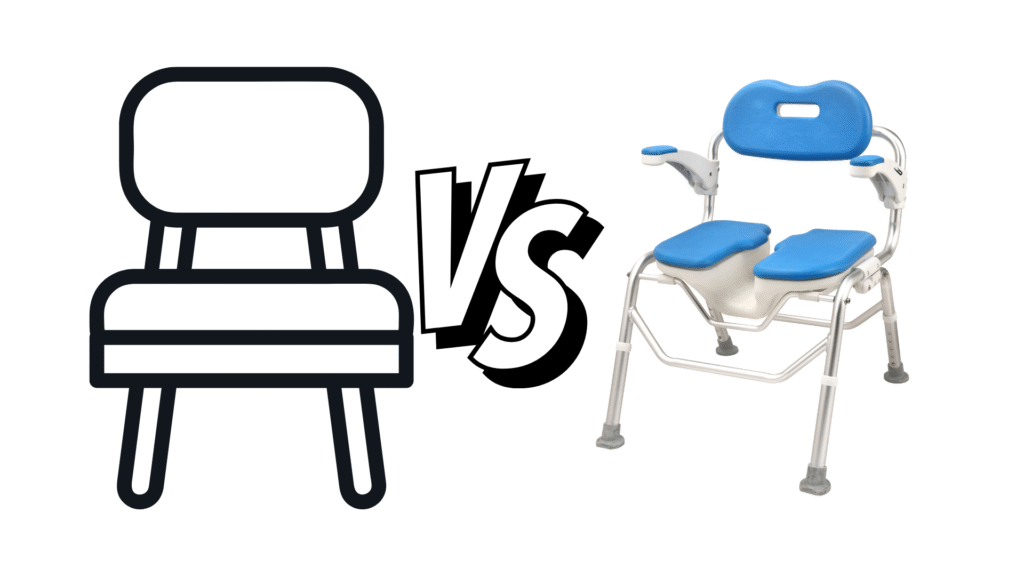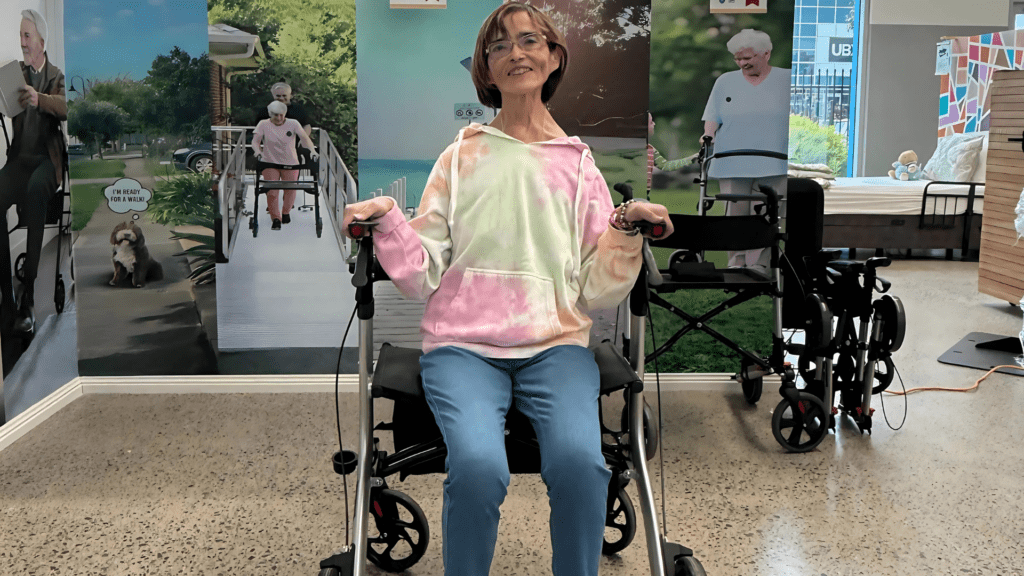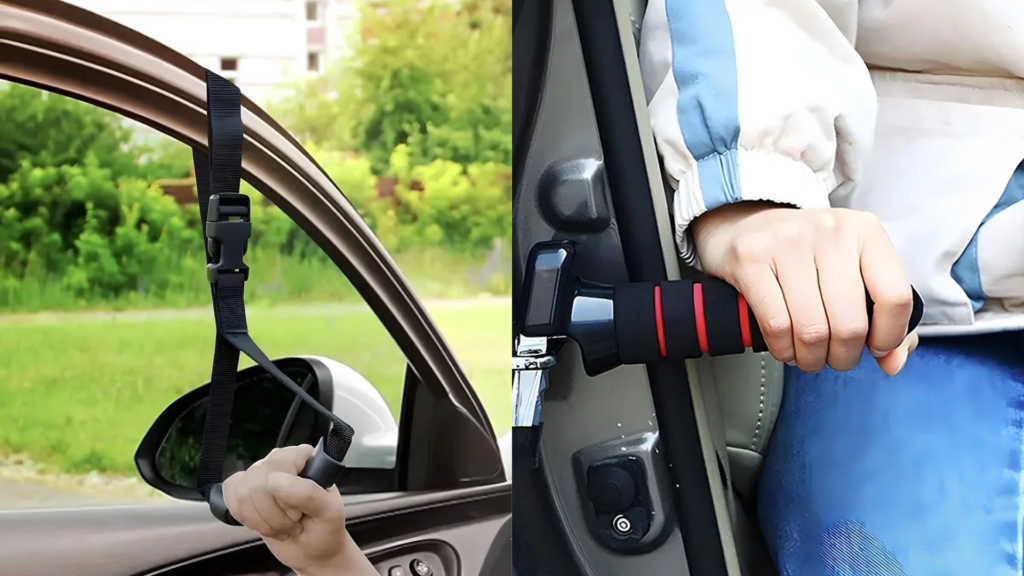Choosing the right shower chair can significantly improve bathroom safety, comfort, and independence—especially for elderly users, people with mobility limitations, and bariatric individuals. But when is a standard shower chair sufficient, and when should you consider a bariatric model?
In this guide, we compare bariatric and standard shower chairs, highlight the key differences in design and safety, and help you decide which option is best suited for your needs or those of your clients.
Understanding the Differences in Design
Both standard and bariatric shower chairs are designed to support safe seated bathing. However, their build, materials, and purpose vary significantly to meet different user requirements.
| Feature | Standard Shower Chair | Bariatric Shower Chair |
| User Weight Capacity | Up to 100–130 kg | Typically 180–300+ kg |
| Seat Width | 40–50 cm | 55–70 cm |
| Frame Material | Lightweight aluminium or plastic | Reinforced aluminium or stainless steel |
| Armrests & Backrest | Optional | Usually included for extra support |
| Leg Stability | Basic rubber tips | Wide-set, anti-slip feet for enhanced balance |
| NDIS Eligibility | Yes | Yes (higher funding often required) |
Explore our full collection of shower chairs for elderly and disabled users, including bariatric-friendly options.
Weight Capacity, Seat Size, and Safety Features
Bariatric Shower Chairs
- Designed for users with higher body weight or broader body frames
- Seat widths generally range from 55–70 cm
- Enhanced safety features, including non-slip feet, back support, and sturdy handrails
- Manufactured with reinforced tubing to prevent structural failure
- Higher static weight capacity, ideal for long-term use and in-home aged care
Standard Shower Chairs
- Suitable for most seniors and individuals with moderate mobility issues
- Seat widths of around 40–50 cm
- Often come with or without backrests, and are lighter for easy transfer
- Ideal for small bathrooms, or portable use during travel or short-term recovery
For users recovering from surgery, a lightweight 360° Rotation Shower Chair may also assist with easier transfer and positioning during bathing.
When to Choose Bariatric Models
Bariatric shower chairs are specifically designed for:
- Individuals weighing more than 130 kg
- Users with broader hips or body frames
- People who feel unstable on narrower or lightweight chairs
- Those requiring reinforced support, such as users with muscle weakness or reduced core strength
- NDIS participants with conditions requiring high-weight support equipment (e.g. obesity-related disability)
Bariatric models offer peace of mind and dignity, especially when used daily in aged care or home settings. Caregivers also benefit from the increased safety and reduced risk of chair tipping or failure.
Ideal Users for Standard Shower Chairs
Standard shower chairs work well for:
- Elderly individuals who can walk but need seated support while showering
- People with mild balance issues or arthritis
- Users with lower weight and average-sized frames
- Temporary use during recovery from surgery, illness, or injury
- Homes with limited space or shared bathrooms
Many standard chairs are also height adjustable, foldable, and easy to clean—making them a practical choice for family homes and aged care residences.
NDIS and SWEP Funding Options
Both standard and bariatric shower chairs are eligible for funding under:
1. NDIS Assistive Technology (AT)
- Requires OT assessment and appropriate documentation
- Funding may come from Core Supports or Capital Supports in your plan
- Participants with mobility or self-care goals can receive equipment for safe, independent bathing
2. SWEP (Statewide Equipment Program) – Victoria
- Available for those not eligible for the NDIS
- Supports people with long-term or permanent disability
- Funding includes equipment and modifications, including bariatric-rated products
To begin the process, submit a product enquiry or speak to our team for quotes and OT support.
Conclusion
Choosing between a bariatric and standard shower chair depends on several factors—body weight, stability needs, home layout, and long-term mobility support.
- Bariatric shower chairs offer greater strength, wider seats, and enhanced safety for larger users
- Standard models are suitable for lighter users, elderly individuals with mild support needs, or temporary recovery
- Both are available for NDIS and SWEP funding, with professional OT guidance often required
- Shop bariatric and standard shower chairs now
- Enquire now for NDIS-approved models and quotes
- Contact our team for personalised recommendations and support
Frequently Asked Questions (FAQs)
- What is the weight limit for a standard shower chair?
Most standard shower chairs support between 100–130 kg. Always check the product specifications before purchase.
- Who needs a bariatric shower chair?
Individuals with higher body weight (typically over 130 kg), larger body frames, or those needing additional support due to mobility limitations should consider a bariatric chair.
- Can NDIS cover bariatric shower chairs?
Yes. Bariatric models can be funded under NDIS with an occupational therapist’s recommendation and supporting documentation.
- What are the seat width differences between standard and bariatric models?
Standard seats range from 40–50 cm, while bariatric seats typically range from 55–70 cm.
- Are these chairs safe to use in tiled bathrooms?
Yes. Both standard and bariatric shower chairs feature non-slip feet and stable bases. Always ensure the chair is level and secure before use.



